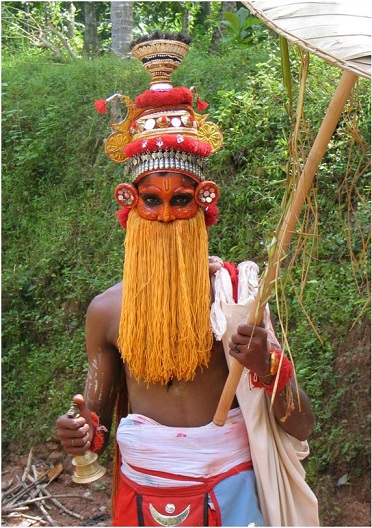Onam, the biggest festival of Kerala originated as a joyous annual nostalgia for the golden reign of King Mahabali, a mythical king, who ruled Kerala for a very long time. The celebration which lasts for ten days is not just a festival to the Keralites and falls during the first month of the Malayalam calendar which is Chingam.


It reflects the faith of the people in Kerala- a belief in the legendary past, religion, and power of worship. Onam is unique since king Maveli is revered by the people of Kerala from prehistory. Onam welcomes the spirit of a great king and assures him that his people are happy and wish him well. According to the legend, Kerala witnessed its golden era during the reign of King Mahabali when everybody in the state was happy and prosperous. This meant that the king was highly regarded by his subjects and it was this that even the Gods under Indra became jealous of. They approached Mahavishnu claiming that Mahabali is now equivalent to an Indra and because a world with two Indras represents imbalance, Mahavishnu assumed the form of a bhramin dwarf: the Vamana avatar, and tricked him to Pathalam, the Underworld where he was granted the rule the underworld and by the grace of Mahavishnu, Mahabali was granted another wish to visit his people on an annual basis. Mahavishnu serves Mahabali as a gatekeeper in the world of Pathalam as the Lord himself serves his greatest devotees.
This can’t just be called history, because the whole of Kerala still celebrates Onam just like in the olden days. Although this festival has its origin in Hindu mythology, Onam is for all people of all classes, creeds, and religions. Hindus, Muslims, Christians, the wealthy, and the downtrodden, all celebrate Onam with equal fervor. The secular character of Onam is peculiar to this land where unity had always coexisted with diversity, especially during festivals, when people come together to celebrate life’s unlimited joys.


“Pookalam” also known as the floral carpet, is laid in front of every house to welcome the advent of the vanquished king, and earthen mounds representing Mahabali and Vishnu are placed in the dung-plastered courtyards. The most important things about Onam are the Onakkodi, the new clothes worn on this day, and Ona- Sadya, a feast which is quite elaborate and sumptuous home-cooked delicacies on plantain leaf and the lingering aroma of the sweet Payasam. Thinking of Onam these are the thoughts that strike every single Malayali. And so all this adds to the synonyms of Onam.
One of the most wonderful façades of Onam is the unfolding of its rich and well-established culture. Known as the Malayalam New Year, Kerala is seen as its personified beauty at this time. The celebrations of Onam start on Atham, followed by Chithira, Chothi , Vishakam, Anizham, Thriketa, Moolam, Pooradam, Uthradom, and last but not least Thiruvonam.Each of these has its own significance and activities Normally Onam celebrations end by Thiruonam. However, two following days after Thiruvonam is also celebrated as Third and Fourth Onam, which are called Avvittom and Chathayam . Avvittom marks the preparations of King Mahabali for his ascension to the heavens. The main ritual for the day is to take the Onattappan statute placed in the middle of Pookalam for the past 10 days and immense in nearby rivers or seas. The Pookkalam will be cleaned and removed and marks the finale of the Onam celebrations
Chathayam day is also important, as it marks the great dance of lions, known as Puli Kali where men in costumes of lions. Chathayam marks the birthday of one of the famous social reformers of Kerala, Sree Narayana Guru, and is celebrated as Narayana Jayanthi in his honour. The official government Onam celebrations end on this day in the capital city-Thiruvananthapuram.
Also, Read
World Tourism Day returns to focus on the future
Watch on Youtube
